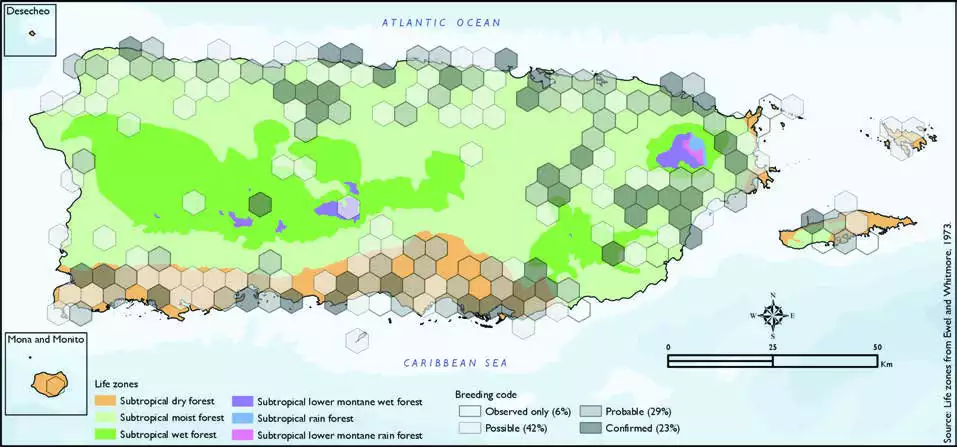Killdeer
Description
The killdeer (Charadrius vociferus) is a large plover found in the Americas. It was described and given its current scientific name in 1758 by Carl Linnaeus in the 10th edition of his Systema Naturae. Three subspecies are described. The killdeer's common name comes from its often-heard call. Its upperparts are mostly brown with rufous fringes, the head has patches of white and black, and two black bands cross the breast. The belly and the rest of the breast are white. The nominate (or originally described) subspecies breeds from southeastern Alaska and southern Canada to Mexico. It is seen year-round in the southern half of its breeding range; the subspecies C. v. ternominatus is probably resident in the West Indies, and C. v. peruvianus inhabits Peru and areas of the surrounding countries throughout the year. North American breeders winter from their resident range south to Central America, the West Indies, and the northernmost portions of South America.
The killdeer is a large plover, with adults ranging in length from 20 to 28 cm (7.9 to 11.0 in), having a wingspan between 59 and 63 cm (23 and 25 in), and usually being between 72 and 121 g (2.5 and 4.3 oz) in weight. It has a short, thick, and dark bill, flesh-colored legs, and a red eye ring.
Distribution & Habitat
The Killdeer occurs from North America through western South
America including the Caribbean,
where it is a common resident
in The Bahamas and Greater
Antilles and to a lesser extent
in the Virgin Islands. It ranges
from uncommon to very rare
in the rest of the West Indies
(Raffaele and others 1998). It is
common and fairly abundant in
Puerto Rico (Biaggi 1997, Oberle
2018) and is considered a fairly
common resident on Vieques
(Gemmill 2015). This species is
mostly associated with wet fields,
mudholes (Raffaele and others
1998), pond edges, mudfl ats,
golf courses, and residential lawns (Oberle 2018). The atlas
fieldwork yielded a total of 339
records within 192 hexagons
or 40 percent of the 479 total
hexagons (see map). Of the 192
hexagons where this species
was found, breeding met the
atlas definition of confirmed in
23 percent (44) of the hexagons,
probable in 29 percent (56), and
possible in 42 percent (81), while
the species was observed in 6
percent (11) of the hexagons but
without evidence of breeding
(see map). Killdeer distribution. The map shows the highest breeding code by hexagon and overlaying the ecological life zones in Puerto Rico.
Note: percentages may not total 100 due to rounding.

Breeding Habits
The Killdeers nest consists of a slightly lined concavity on the
ground (Biaggi 1997, Raffaele 105Killdeer/Chorlito Sabaneroand others 1998), which is sometimes bordered with dry
weeds or small rocks (Biaggi
1997). Previously published
reports indicate that it breeds
from March to October (Raffaele
and others 1998). Atlas results
show that this species breeding
season extends throughout the
year with most breeding activity
from March to July (see chart).
Overall, the breeding activity
peaks in May at the onset of
the rainy season, and it mostly
takes place in the subtropical
moist forest life zone (see chart).
Results show that this species
occurs primarily on the coastal plain and breeds mostly within
the subtropical moist forest
life zone (63 percent of the
hexagons), with some breeding
in the subtropical dry forest
life zone (33 percent of the
hexagons) and in subtropical wet
and lower montane wet forest
life zones at higher elevations (4
percent of the hexagons) (see
table and map).
Conservation
The current population trend of the Killdeer is described as
decreasing, although some populations are stable or have
unknown trends (Wetlands
International 2012). This species
is currently listed as a species
of least concern by the IUCN
(BirdLife International 2016).
Locally, this species is not
listed in any of the threatened
categories of PRDNER and
USFWS. In Puerto Rico, the
Killdeer has a protected habitat
in land of 11 percent or 458
km2 of the total area covered by the hexagons where evidence
of breeding was found for this
species (4327 km2).
Related Species
Family:
plover